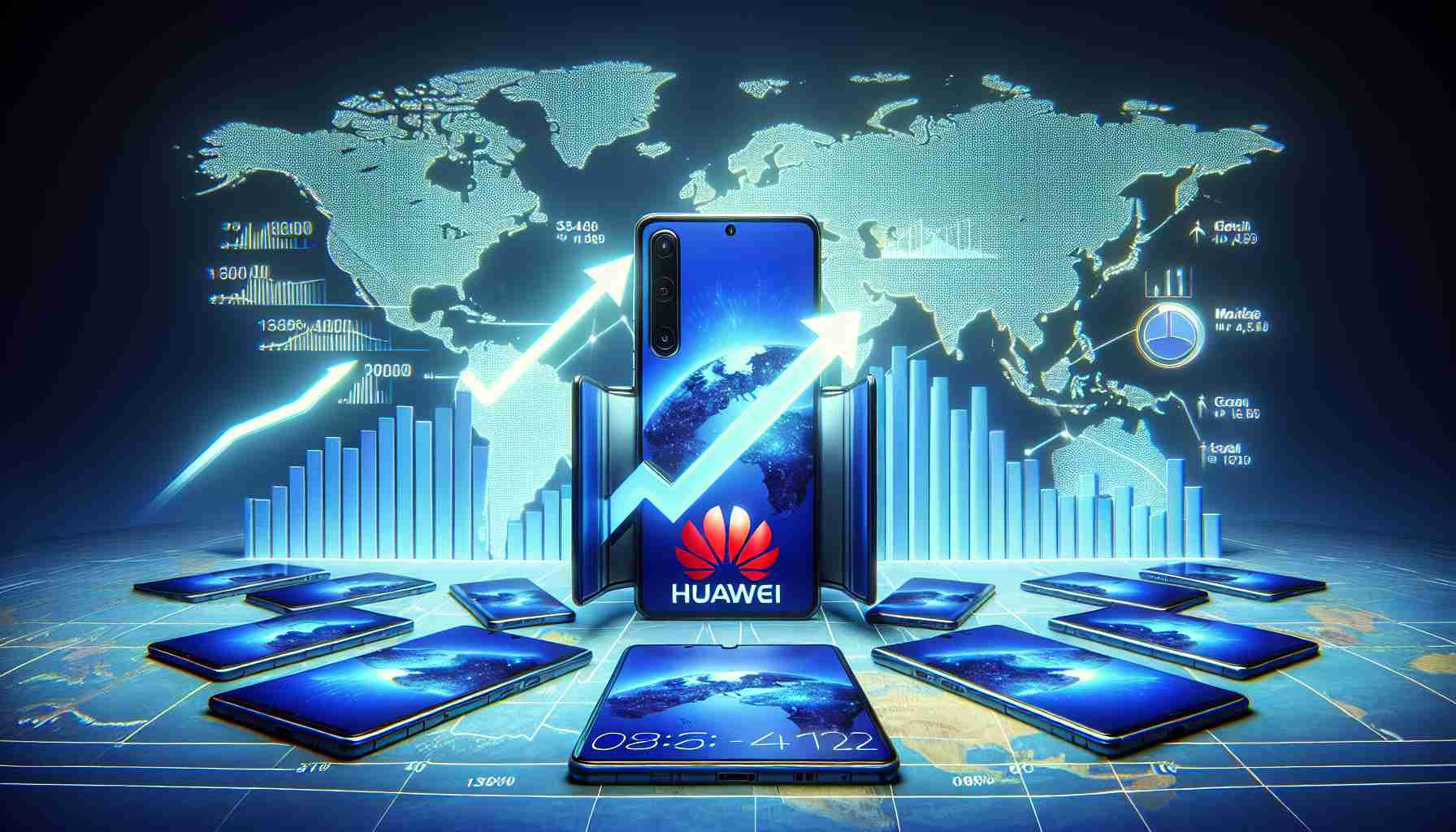Huawei Surpasses Samsung in Foldable Smartphone Shipments
Huawei has achieved a significant milestone by becoming the world’s largest manufacturer of foldable smartphones, outpacing Samsung Electronics. This achievement was propelled by the successful launch of their new 5G foldable models, which soared to prominence in the first quarter of the year. According to data from Counterpoint Research, Huawei dominated the global foldable smartphone market with a 35% share, marking a notable increase from the previous year.
5G Technology Drives Market Domination
Contributing to a 257% year-over-year rise in their first-quarter shipments, Huawei’s transition to 5G-compatible foldable devices proved to be a key growth driver. Emphasizing the shift in technology usage, Counterpoint Research highlighted that, unlike a year ago, 5G-enabled foldables constituted a staggering 84% of Huawei’s total foldable device shipments.
Huawei’s Winning Products
Huawei’s surge in foldable smartphone popularity can be credited to the successful releases of the Mate X5 and the Pocket 2, both introduced in the Chinese market and garnering strong sales.
Honor’s Significant International Growth
Meanwhile, Honor has also made impressive strides in the foldable market, elevating its global market share from 3% to 12% over the past year and emerging as the third largest manufacturer. The Honor Magic V2, particularly favored in Western Europe, fueled the brand’s substantial overseas shipment numbers. Largely due to Honor’s robust international expansion, the brand’s standing has significantly increased outside of China.
Further, Motorola stepped up to the fourth ranking globally with their Razr 40 (known as Razr 2023 in some markets) leading the North American foldable smartphone deliveries.
The Competition Intensifies
The rivalry between Huawei and Samsung is heating up, as Samsung aims to regain market supremacy with the anticipated launch of the Z Flip 6. Notably, Counterpoint Research mentioned that in the first quarter of 2024, book-type foldables accounted for 55% of market shipments, outpacing clamshell models for the first time since 2021.
The Global Foldable Smartphone Market Scenario
Huawei’s achievement in leading the global foldable smartphone market indicates a significant trend in consumer electronics towards innovative form factors, particularly in the functionality and appeal of foldable devices. The rapid integration of 5G technology has further fueled the market shift, offering high-speed connectivity that complements the advanced features of foldable phones.
Contributing Factors to Huawei’s Success
Several factors beyond Huawei’s release of the Mate X5 and Pocket 2 contribute to their success in the foldable smartphone market. Their emphasis on premium build quality, user interface customization to enhance the foldable experience, and effective marketing strategies in the Chinese market, where the company has a strong foothold, are critical to their performance. Additionally, their technological innovations in screen durability and foldable mechanisms have set industry benchmarks that resonate with consumers.
Key Challenges and Controversies
Among the challenges faced by Huawei, notable is the ongoing scrutiny and restrictions by various governments due to security concerns, which have affected its global market presence in the past. Also, the ability to maintain software updates and services in light of US sanctions has been a concern for international consumers.
Competitive Dynamics
Samsung’s anticipated launch of the Z Flip 6 represents the competitive dynamics in the foldable market, emphasizing the importance of continual innovation and brand trust. Companies like Motorola making a mark with their Razr models indicate a growing preference for nostalgic designs coupled with modern technology, affecting overall market trends.
Advantages and Disadvantages of Foldable Smartphones
The advantages of foldable smartphones include increased screen real estate, multi-tasking capabilities, and a novel user experience. However, disadvantages are equally present, such as the generally higher cost compared to standard smartphones, potential durability issues with the foldable screen, and a limited number of optimized applications.
Future Outlook and Related Links
The future of foldable smartphones appears promising, with advancements in materials science and display technology. Dominance in this sector depends on the ability of manufacturers to address consumer concerns and refine product offerings.
For more information on the topics mentioned, visit the following links:
– Huawei’s official website: Huawei
– Counterpoint Research for industry insights: Counterpoint Research
– A source for the latest on Samsung’s products: Samsung
These validated links provide access to the main domains where more information on the specific topics can be found.
